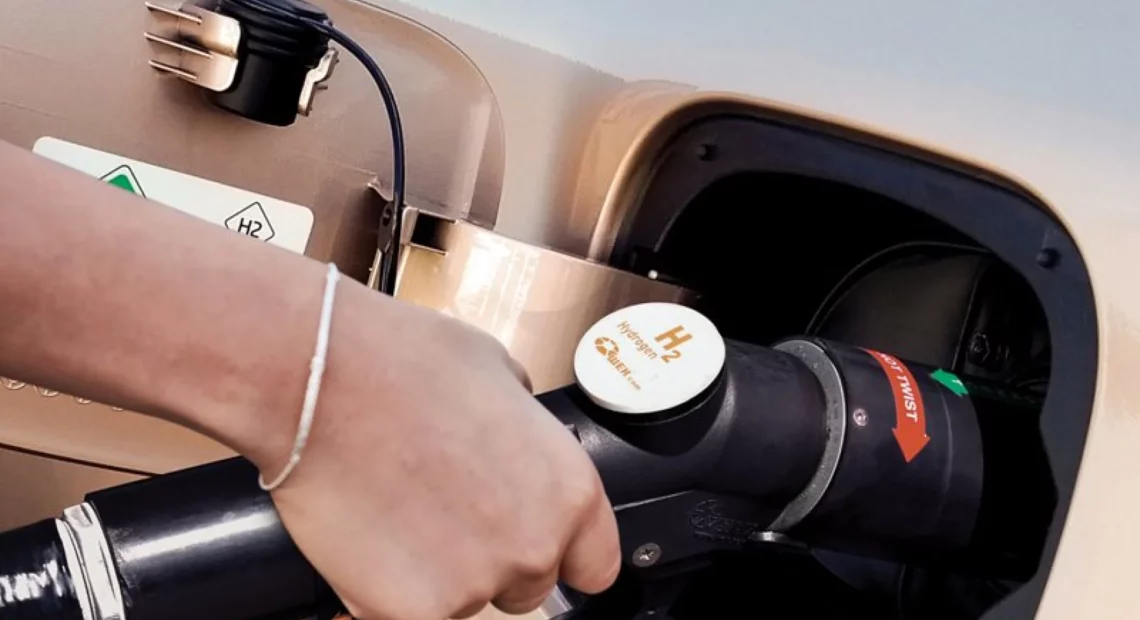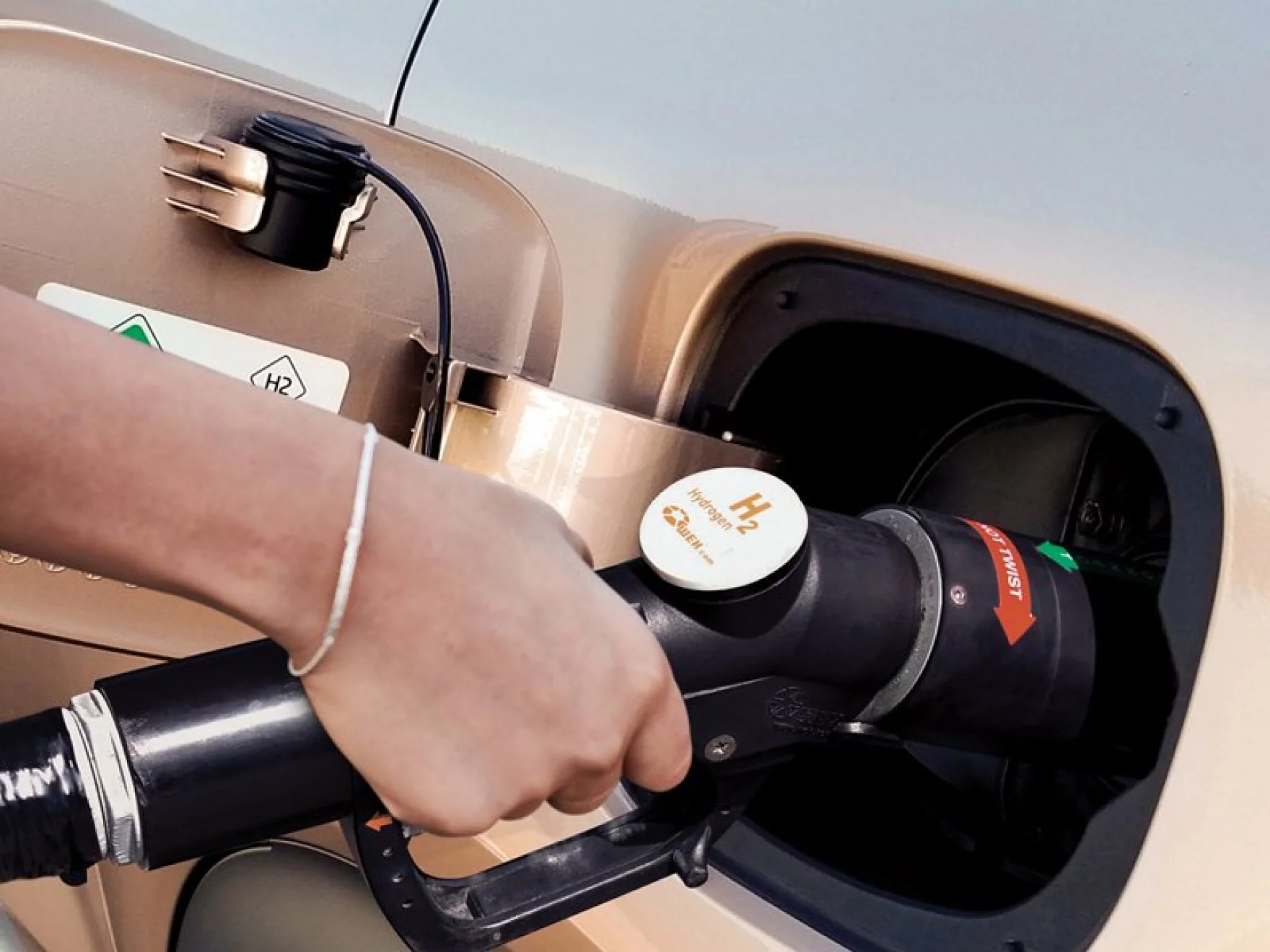
Pacific NW ‘hydrogen hub’ pitch to federal government treated as top secret
Read
The states of Washington and Oregon have submitted a joint bid to the U.S. Department of Energy to get a share of $8 billion that Congress set aside to launch “Regional Clean Hydrogen Hubs” around the nation. But good luck trying to learn what exactly the bi-state bid entails, other than the safe presumption that at least one industrial hydrogen production facility would be subsidized.
Around the nation and around the globe, governments and investors are pouring big money into “green” hydrogen prospects as a tool to lighten the climate impact of hard-to-decarbonize sectors such as ocean shipping, airlines and steel and fertilizer manufacturing. Hydrogen has potential as a zero-carbon transportation fuel and could be a replacement for natural gas in industrial processes. The states and USDOE are holding the hydrogen hub applications close to their vests to protect positions in this highly competitive contest.
“Their process has intentionally been very secretive,” observed Ken Dragoon, director of hydrogen development at Lake Oswego, Oregon-based solar energy company Obsidian Renewables.
Washington State Department of Commerce Assistant Director Chris Green elaborated on why the Northwest states’ initial funding application – dubbed the PNWH2 Hub – would not be publicly released.
“The PNWH2 Board has thus far determined not to release the full concept paper because it believes there are strategic elements in the plan best kept close while there is an ongoing competition for funds nationwide, in addition to individual project proponents needing to maintain confidentiality of some of the parts of their proposals that may contain trade secrets or proprietary financial information,” Green said. “The expectation is that there will be more information shared as work progresses toward the final full proposal.”
The state Commerce Department turned down a request from public radio for a copy of the regional consortium’s hydrogen hub submission to the federal government. Similarly, the U.S. Department of Energy said it would not provide a list of all the applicants for hydrogen hubs funding.
An Energy Department spokesperson, who did not want to be quoted by name, said the federal agency received an “overwhelming” response to the hydrogen hubs solicitation from almost every state in the country. The total requests for federal funding neared $60 billion — or about eight times the $7 billion sum the agency is prepared to distribute in its first round of grants.
USDOE is currently reviewing the concept papers and told applicants to expect a letter of encouragement or a “discouraged” notification soon. The agency will invite applicants who got a positive vetting to submit a detailed full application by April. Then, winners will be selected in the summer of 2023. Funding for the hydrogen hubs comes from a provision of the Bipartisan Infrastructure Law passed by Congress late last year.
“We anticipate getting that letter any day, we hope so,” Green said Thursday. He said there were grounds for optimism because the private sector was already making investments in the new industry in the Northwest. Plus, he said Washington and Oregon engaged with disadvantaged communities to spread the potential benefits, a priority of the Biden administration.
There’s more than one bid from the Northwest
Obsidian Renewables is one of dozens of Northwest companies that hope to be included in the bi-state bid. The firm has an ambitious plan to build two new green hydrogen gas production centers near Hermiston and Moses Lake and connect them via pipelines to ammonia fertilizer factories, industrial parks and electric power plants east of the Cascades. Dragoon said the expensive proposal could use federal help with start-up costs.
But Obsidian’s leadership was stymied at every turn when seeking to learn whether its project was included in the state-led submission for federal funding. So, the private developer prepared and submitted its own hydrogen hub application just to be sure it was in the running. In another unorthodox move, Obsidian Renewables posted its complete proposal online for anyone to read.
Obsidian’s Dragoon is bullish on hydrogen’s market prospects, but sees the Northwest as “a bit of an underdog” in the national competition to win federal funding. Dragoon formerly headed up the national trade group Renewable Hydrogen Alliance. He said other regions of the country have advantages such as the concentration of hydrogen customers in the Gulf Coast’s petro-chemical industry or places with more nuclear power backing.
Washington Gov. Jay Inslee offered a typically sunnier outlook after the bi-state consortium submitted its bid last month.
“The Pacific Northwest unquestionably occupies a prime position for developing and deploying a green hydrogen hub capable of tackling the biggest challenges – decarbonizing industrial sectors of our economy such as heavy transportation, aviation, steel and more,” Inslee said in a prepared statement.
Who and what’s included in the bi-state bid?
A mix of prospective fuel producers and end users, trade unions, utility companies, academic institutions and several Southwest Washington tribes advised the Washington Department of Commerce and Oregon Department of Energy on the bi-state bid. The regional bid was expected to ask for around a $1 billion slice of the available federal hydrogen hubs funding, according to well-placed panelists who discussed the opportunity during a hydrogen symposium hosted by the Economic Alliance of Lewis County in May. The federal Energy Department said it requires any federal grant awards to be leveraged with at least a 50% match of state and private funds, if not much more.
Almost certainly included in the finalized submittal is a large hydrogen fuel production plant proposed by Fortescue Future Industries on the grounds of the soon-to-close Centralia coal-fired power plant. A Fortescue executive sits on the public-private Pacific Northwest Hydrogen Association board, which oversees the regional hydrogen hub proposal development. Separately, a spokesperson for Chicago-based multinational energy company Invenergy confirmed it was participating in the Pacific Northwest bid. Invenergy and the Port of Grays Harbor earlier this month announced they were exploring a green hydrogen production project at the publicly-owned Satsop industrial park near Elma, Washington.
Both the Fortescue and Invenergy projects propose to make hydrogen using electrolysis, which entails splitting water molecules with an electric current. For the resulting hydrogen to be considered “green,” the electricity has to come from renewable sources. Neither Fortescue nor Invenergy have disclosed where they intend to acquire the large amounts of clean electricity needed for their Pacific Northwest projects.
The preparatory groundwork for the Northwest hydrogen hub also gave clues to the variety of end-uses likely described in the region’s initial application to USDOE. The ports of Tacoma and Seattle have declared interest in using hydrogen to clean up ship emissions. The Douglas County Public Utility District is involved both as a producer and as a partner in developing hydrogen vehicle fueling stations in East Wenatchee and Centralia-Chehalis.
A number of aerospace companies in the Northwest are working on converting turboprop commuter planes to hydrogen fuel cell power. One of them, Universal Hydrogen, said in social media posts this week that it is nearing a first test flight at the Moses Lake airport.
















